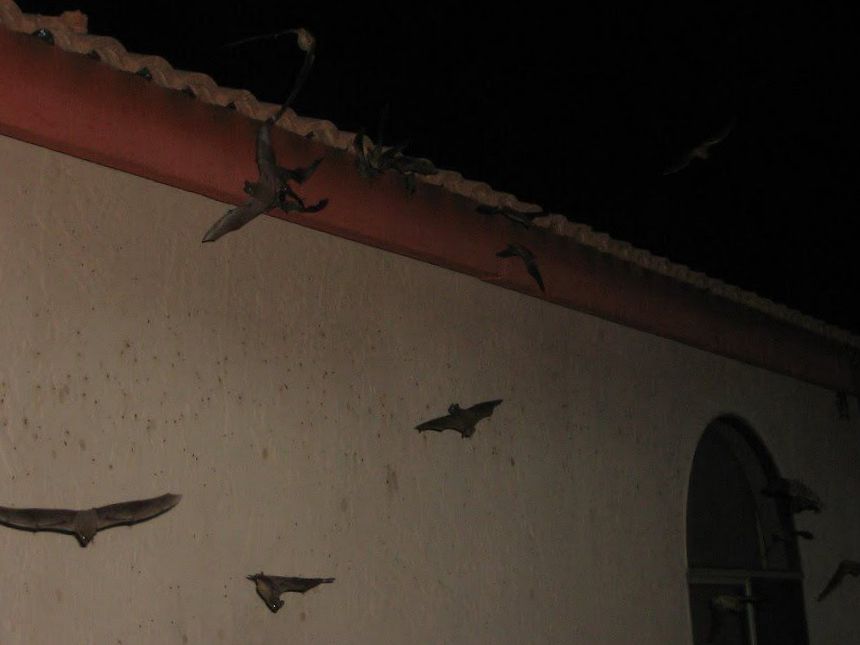- info@pestcontrolwildlife.com
Call us for help in your town
America's Wildlife Experts
How to Get Bats Out of Your Attic

Right off the bat, we want to make this clear. Dealing with a bat on your own with no experience could be a difficult task, and we recommend that you hire an expert. That being said, if you still wish to handle it on your own, then you should read what we believe to be the best approach on the matter. Before continuing, we want to say that the bat removal process should be done in a humane way, without killing the creature as not only does it preserve its life, but it is also usually the best practice with highest effectiveness.
1. Inspect Your Property
There are most likely a hundred ways a bat could enter your attic. You should start by identifying all of them. It sounds absurd, but without this, there is no point in going on with the procedure of removal. How bats are going in and out of your construct is essential to the whole process. Furthermore, you should identify where they live and what damage have they done. The latter is a clue which could help you with the rest of the inspection. It would be good to know the size of the bat roughly as there are many different species, which leads to different factors you would have to take into consideration.
2. Before Sealing
Did you find all of the possible entry areas for the bats? Good. The architecture of your building should be taken into consideration in each next step as different entry points would need different tools to deal with the bats. You should make sure that indeed all points of entrance have been found, even tiny holes down to half an inch could be used by the creature. To get rid of the bat, you would have to funnel it out, but the opportunity to go in and out through different entrances makes it hard to do so.
3. Exclusion
Pick an entrance and use an exclusion device. There are different alternatives, but based on the architecture we believe that a net, a funnel or a cone does the best job. The main focus here is that once the bat is forced to leave, he will use this last available exit. The exclusion device will allow it to fly out naturally, but not allow it to go back in. Again, if you don't set up the device properly, your bat problem will never end.
4. Seal The Place Up
Once you are absolutely certain that all of the bats are gone, it's time to seal up every hole and entrance point. Bats have a good motor memory, and even if they go away now, they could come back the next season. Make sure each point is covered well.
The problem with bat feces and urine is that they could cause corrosion and mold and they leave a terrible odor behind as well. Don't spare any materials and clean the whole attic from wall to wall and top to bottom.


















